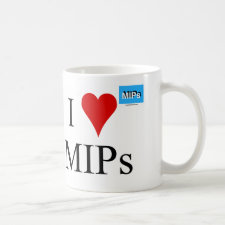
Authors: Zander A, Findlay P, Renner T, Sellergren B, Swietlow A
Article Title: Analysis of nicotine and its oxidation products in nicotine chewing gum by a molecularly imprinted solid phase extraction.
Publication date: 1998
Journal: Analytical Chemistry
Volume: 70
Issue: (15)
Page numbers: 3304-3314.
DOI: 10.1021/ac971272w
Abstract: Chromatographic stationary phases showing exceptional selectivity for nicotine can be prepared by the technique of molecular imprinting. Such phases were used in the search for a rapid cleanup step for nicotine and some of its oxidation products in chewing gum formulations. Thus, using an organic mobile phase, the nicotine analytes from chewing gums dissolved in nonpolar solvent were retained, whereas the nonpolar matrix eluted close to the void peak. A subsequent switch to an acidic mobile phase resulted in elution of the analytes as one sharp peak. Due to weak binding of the less basic oxidation products, other imprinted polymers were tested, and the solid-phase extraction procedure was optimized. Polymers were prepared using various functional and cross-linking monomers, templates, porogens and thermal treatments. This resulted in phases that, when compared with a nonimprinted or a C18 reversed-phase column, showed significantly higher recoveries of the analytes. Furthermore, no bleeding of template from the phases could be detected. The cleanup step was coupled off-line to reversed-phase HPLC, and the efficiency of the analysis was compared with and without the cleanup step. Three out of four analytes were quantitatively recovered using the imprinted phase, whereas, using the nonimprinted phase, only nicotine was recovered. Without the cleanup step, none of the analytes could be determined using the reversed-phase HPLC method



Join the Society for Molecular Imprinting

New items RSS feed
Sign-up for e-mail updates:
Choose between receiving an occasional newsletter or more frequent e-mail alerts.
Click here to go to the sign-up page.
Is your name elemental or peptidic? Enter your name and find out by clicking either of the buttons below!
Other products you may like:
 MIPdatabase
MIPdatabase









